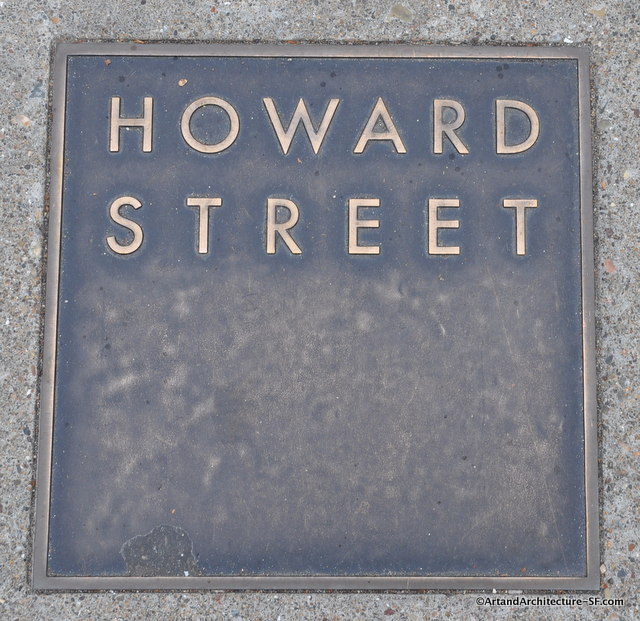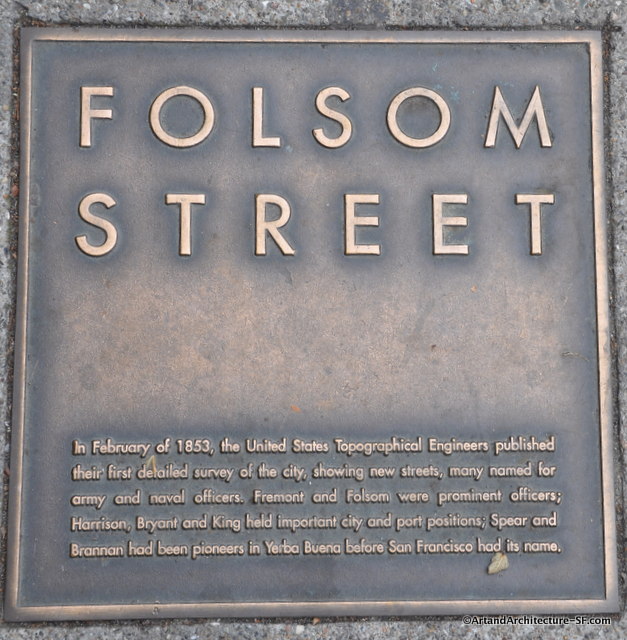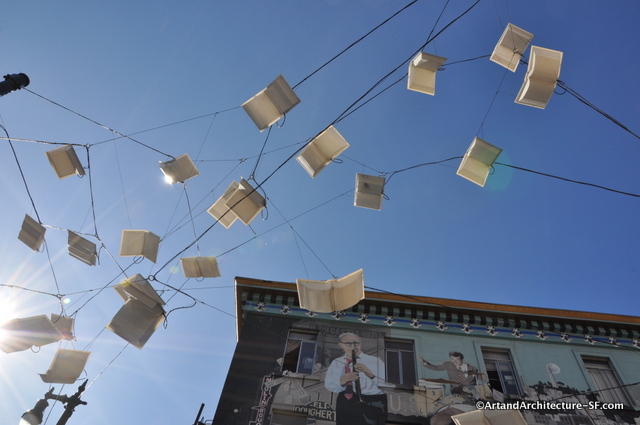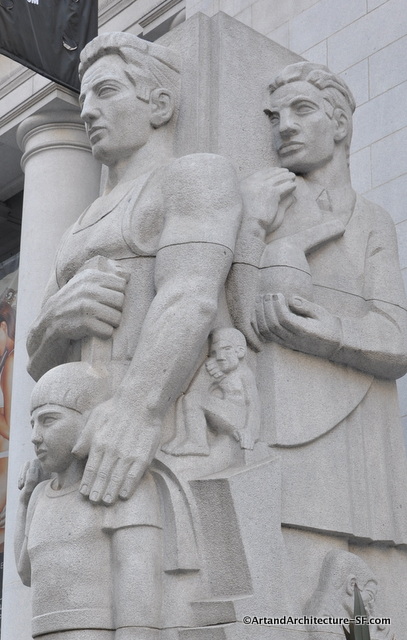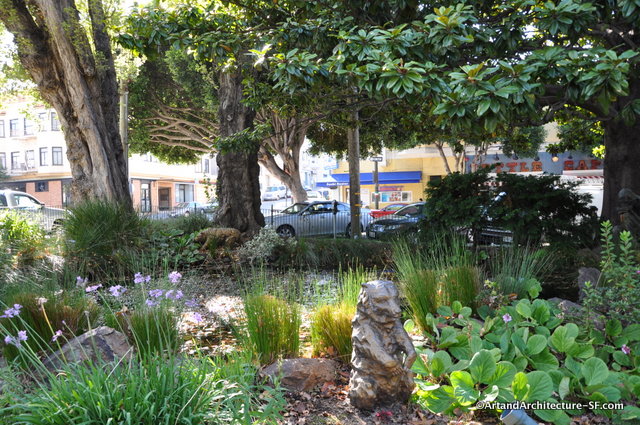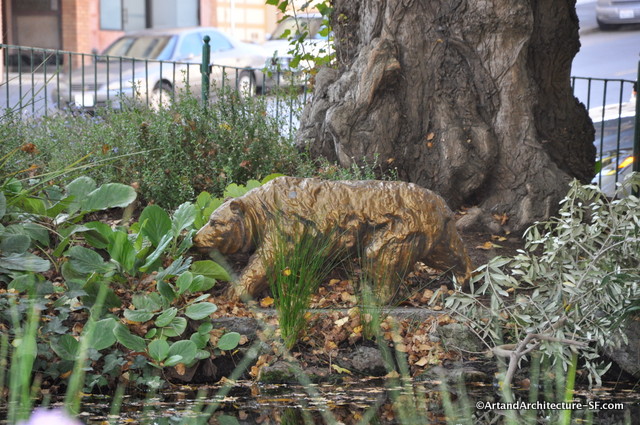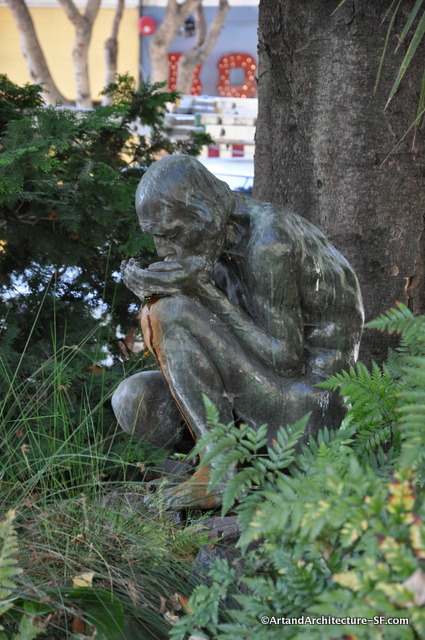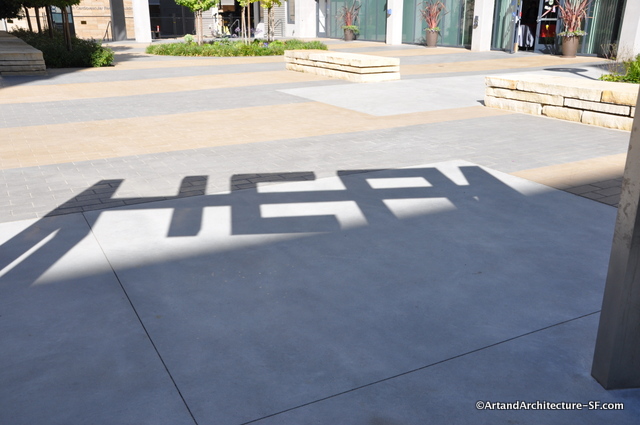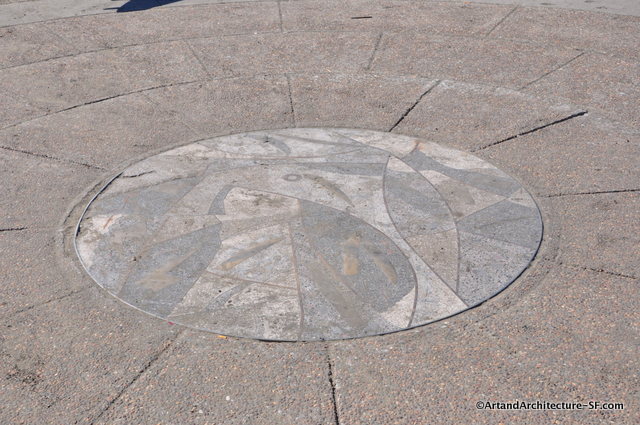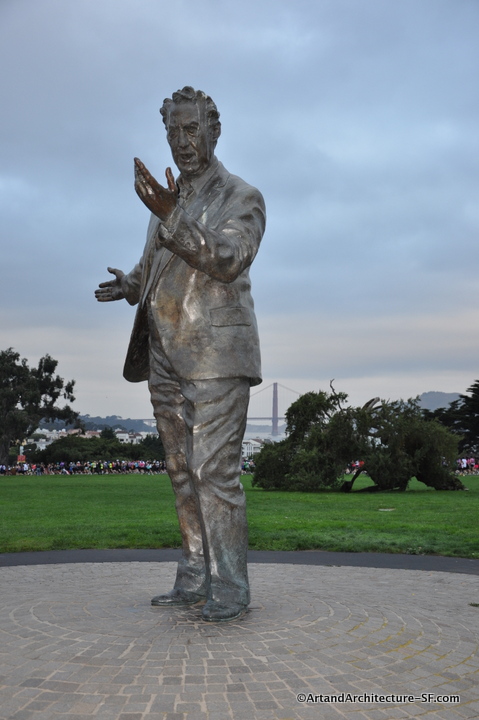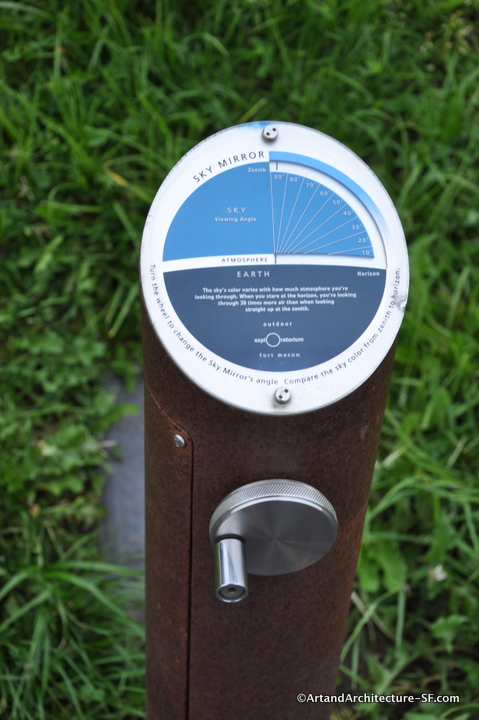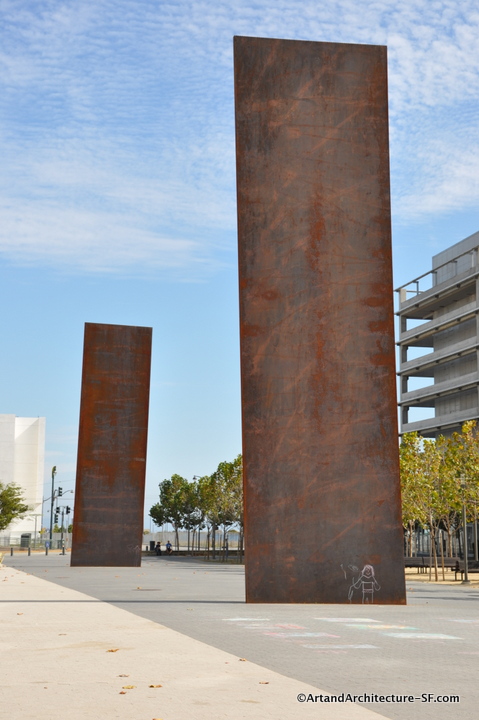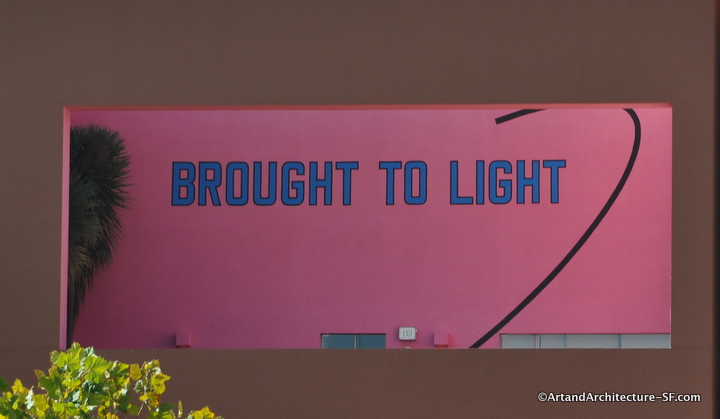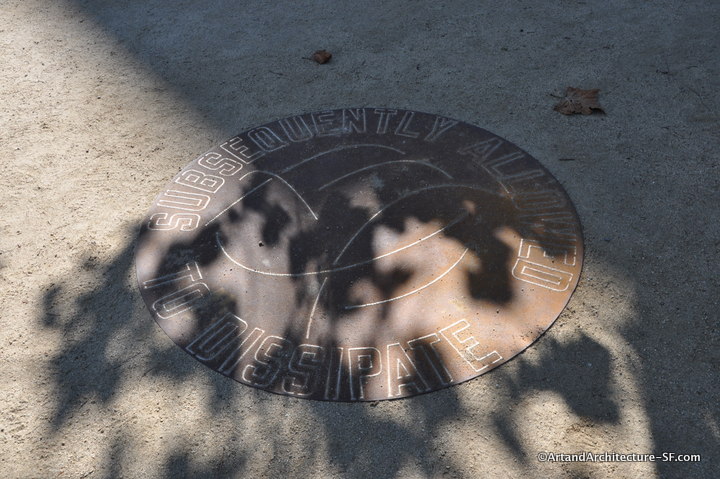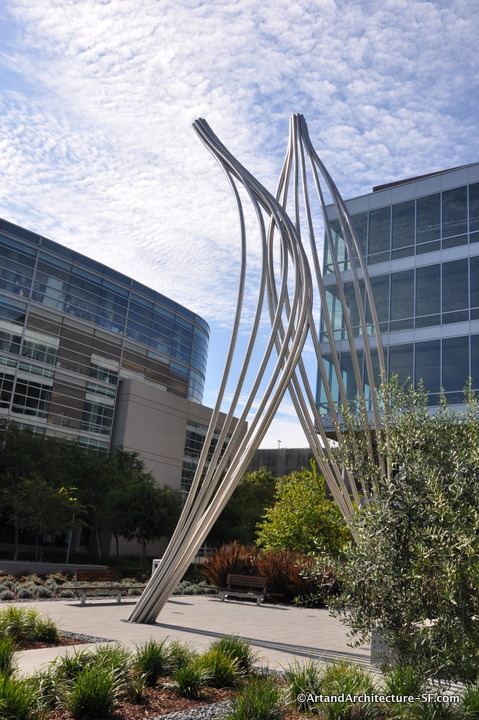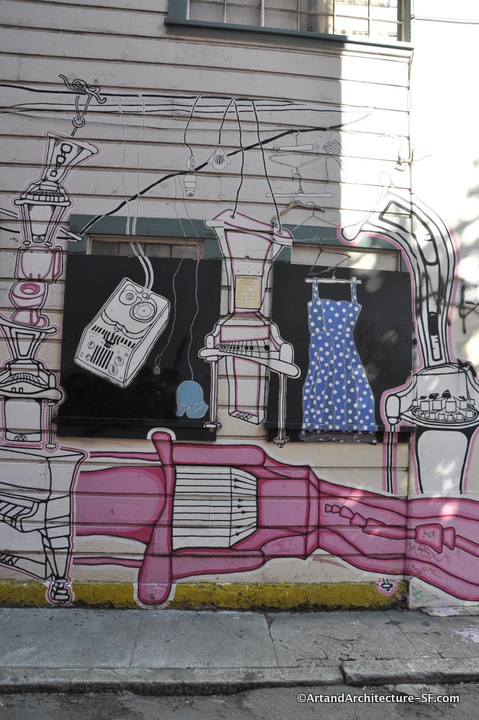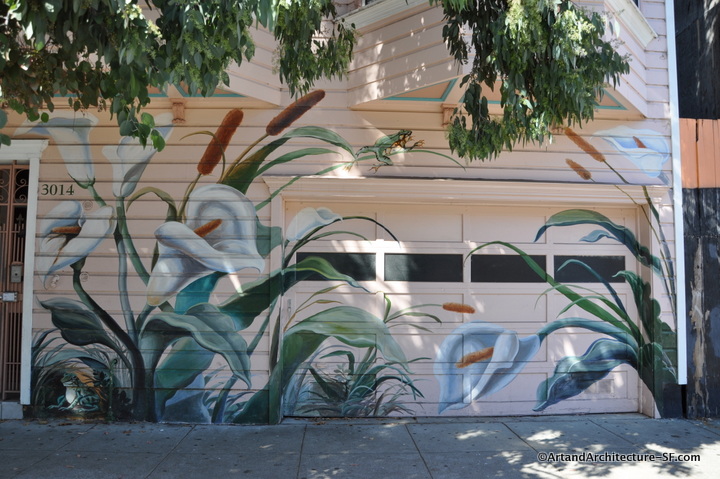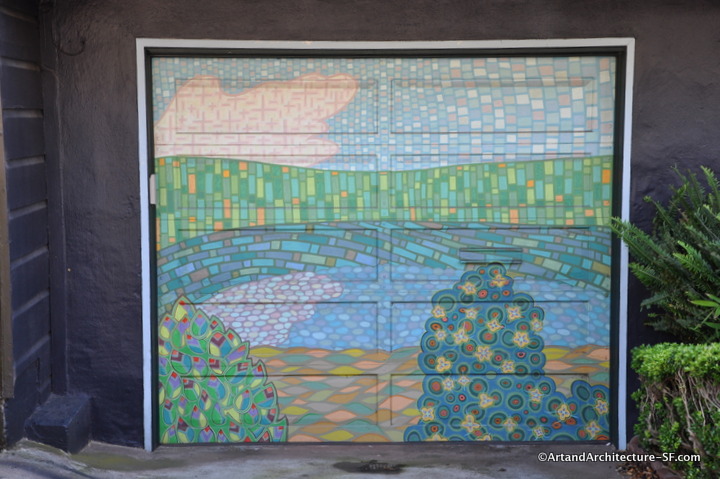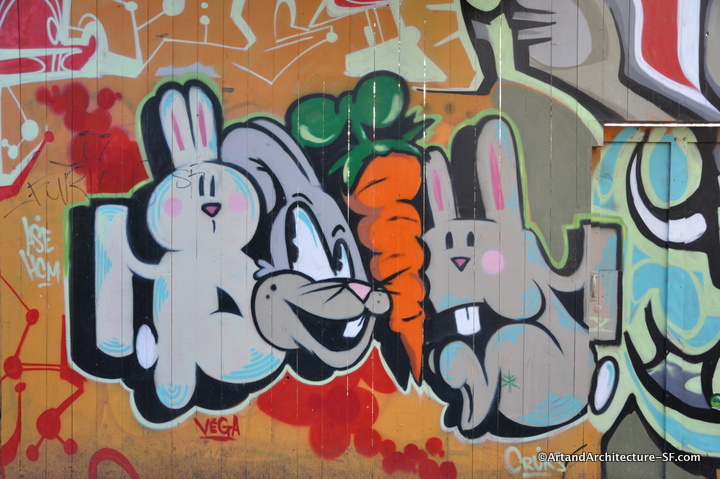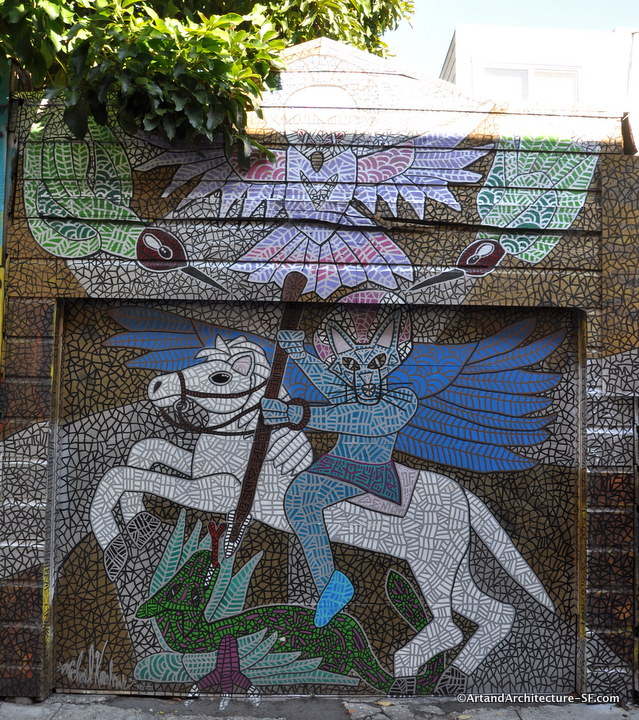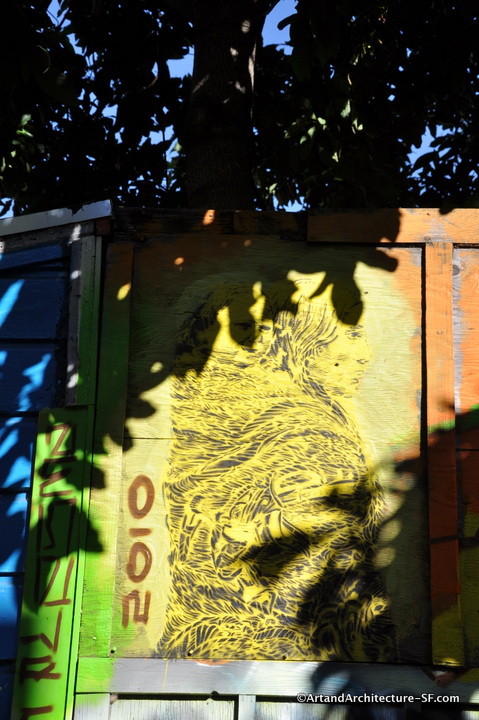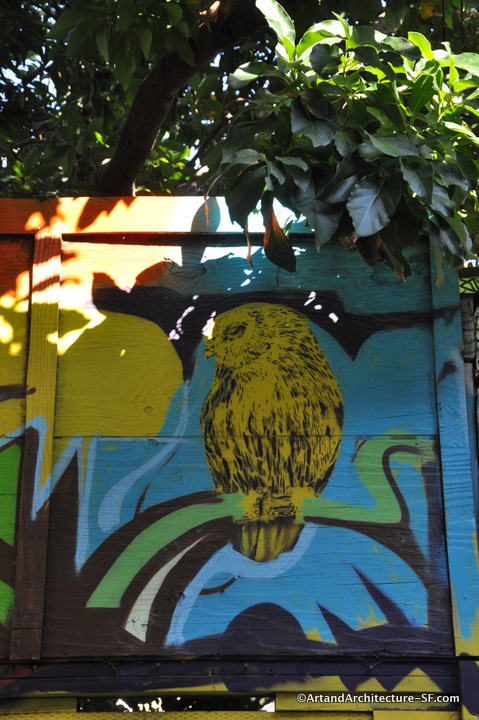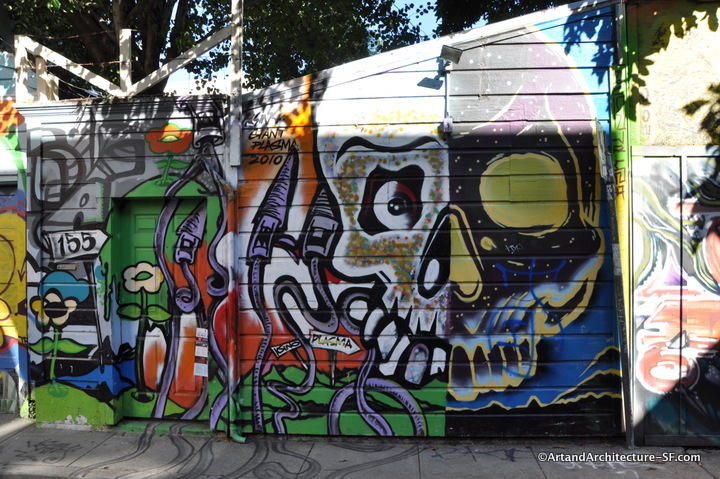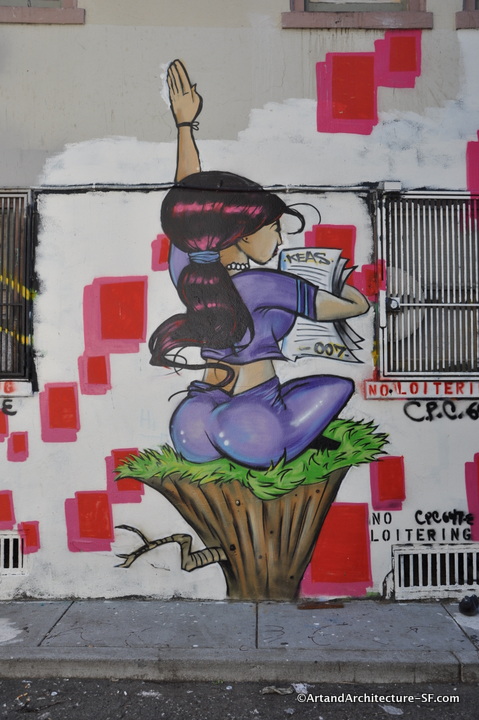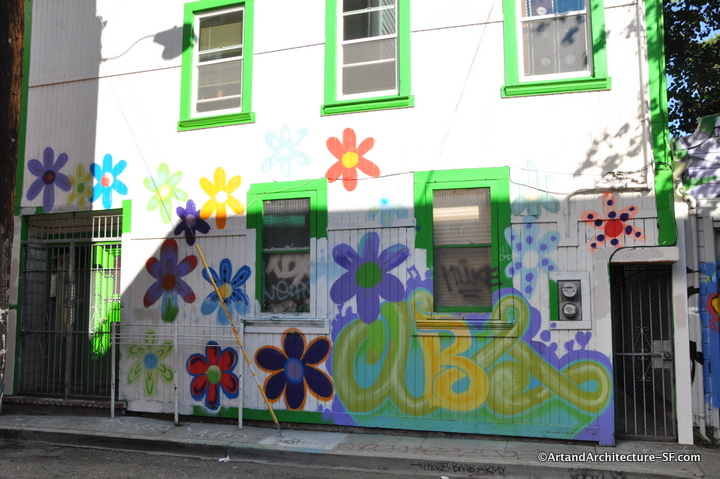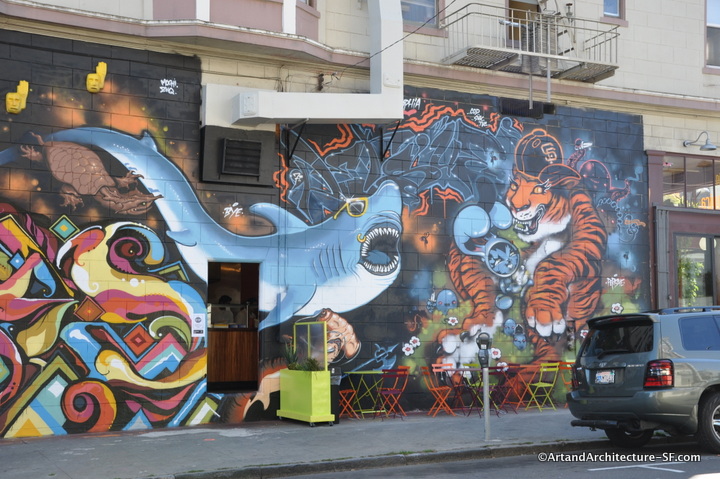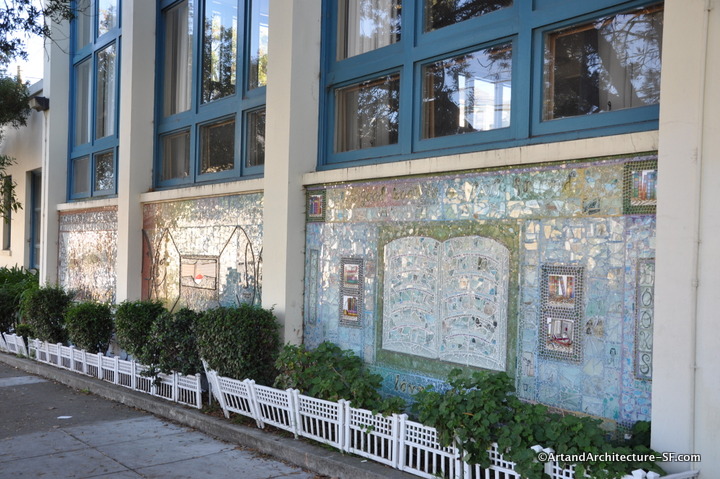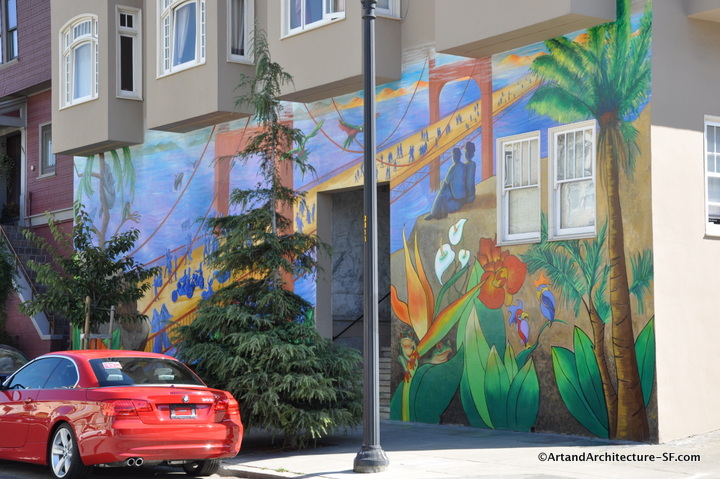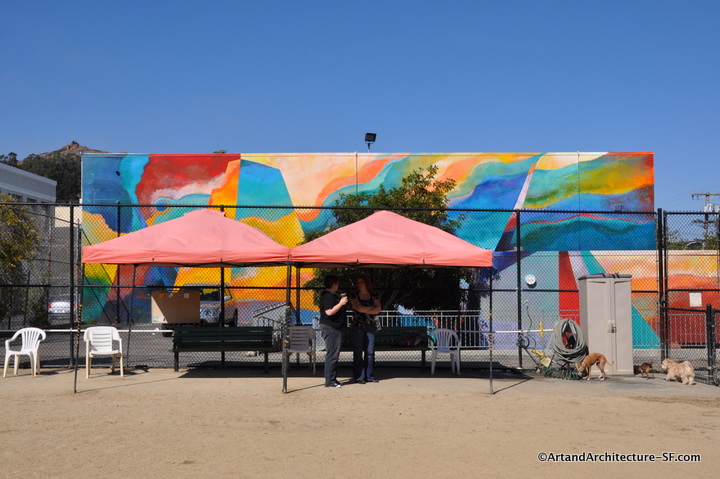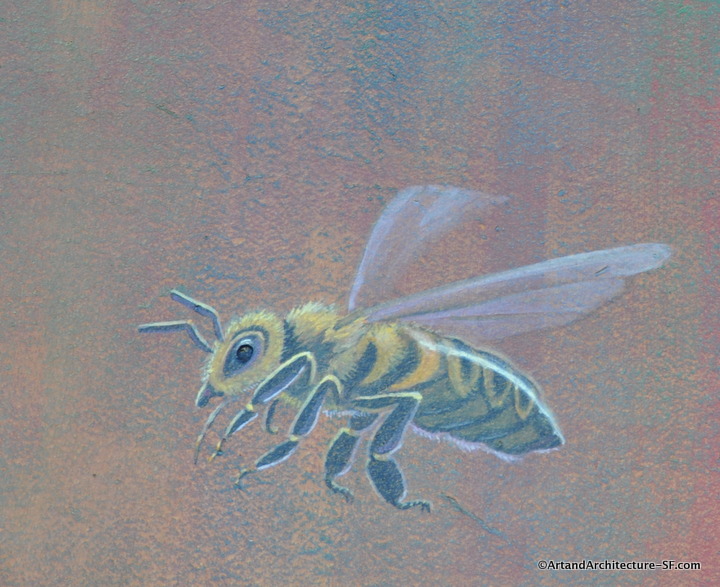The Embarcadero
Continuing on our journey of “Looking Down”
Quartermaster’s clerk of the Stevenson Regiment of First New York Volunteers, Edward H. Harrison came from an obscure post to occupy a respectable role in the nascent civic affairs of San Francisco, becoming Port Collector in 1848 before returning to the East in 1850. Harrison typified the ordinary men of the Stevenson Regiment, recruited from the Irish mechanics of New York, who arrived in California too late in 1847 to effect the course of the War with Mexico, but stayed to rise to prominence in the state.
“And when the Future shall mature, which now receives its birth, when California stands among the mighty powers of earth; then Californians, pause to think who brought these blessings rare. Think who it was first pealed the note of Freedom on the air and you will learn with heartfelt praise, to bless the happy day, when Freedom took its westward flight to California.” Anonymous member of the Stevenson Regiment – 1847
Looking up Harrison Street today.
Boston born Nathan Spear went to sea to better his health in 1819, and never returned for long. After several journeys to the Pacific Islands he came to Monterey in 1831 and became one of California’s pioneer merchants. Five years later he opened the first store in the new village of Yerba Buena, and ran a schooner to collect grain from around the bay for milling in the region’s first flour mill. Always proud of his American citizenship, his dreams were realized when the stars and stripes were raised over San Francisco. Hard working and modest, he exemplified the pioneer New England entrepreneur.
Spear street today, under one of the footings of the Bay Bridge.
First publicist of California Edwin Bryant came overland from Missouri to the coast in 1844. Arriving after many hardships, in 1846 he worked to secure California for the United States. His account, What I Saw in California, published in 1848, made the overland journey attractive for legions of settlers. After holding positions of civic distinction in San Francisco, he returned to Kentucky to lead the life of a gentleman scholar. He lived to see the state whose interests he had done so much to advance joined to the Union by the transcontinental railroad, and retraced his wagon route by palace car in 1869.
“The heads of thousands of grave and prudent men are turned, at the distance of two thousand miles from the scene of enchantment, at the stories of wealth in California to be had for the asking”
Edwin Bryant 1849
In the mid -1850’s a Chinese settlement appeared along the bluff, above a narrow beach–just south of Bryant Street, and west of First Street. Believed to be a small fishing encampment, numbering about 30 small structures on the 1859 Coast Survey Chart, the site has been the subject of archaeological investigation.
Looking up Bryant Street today.

